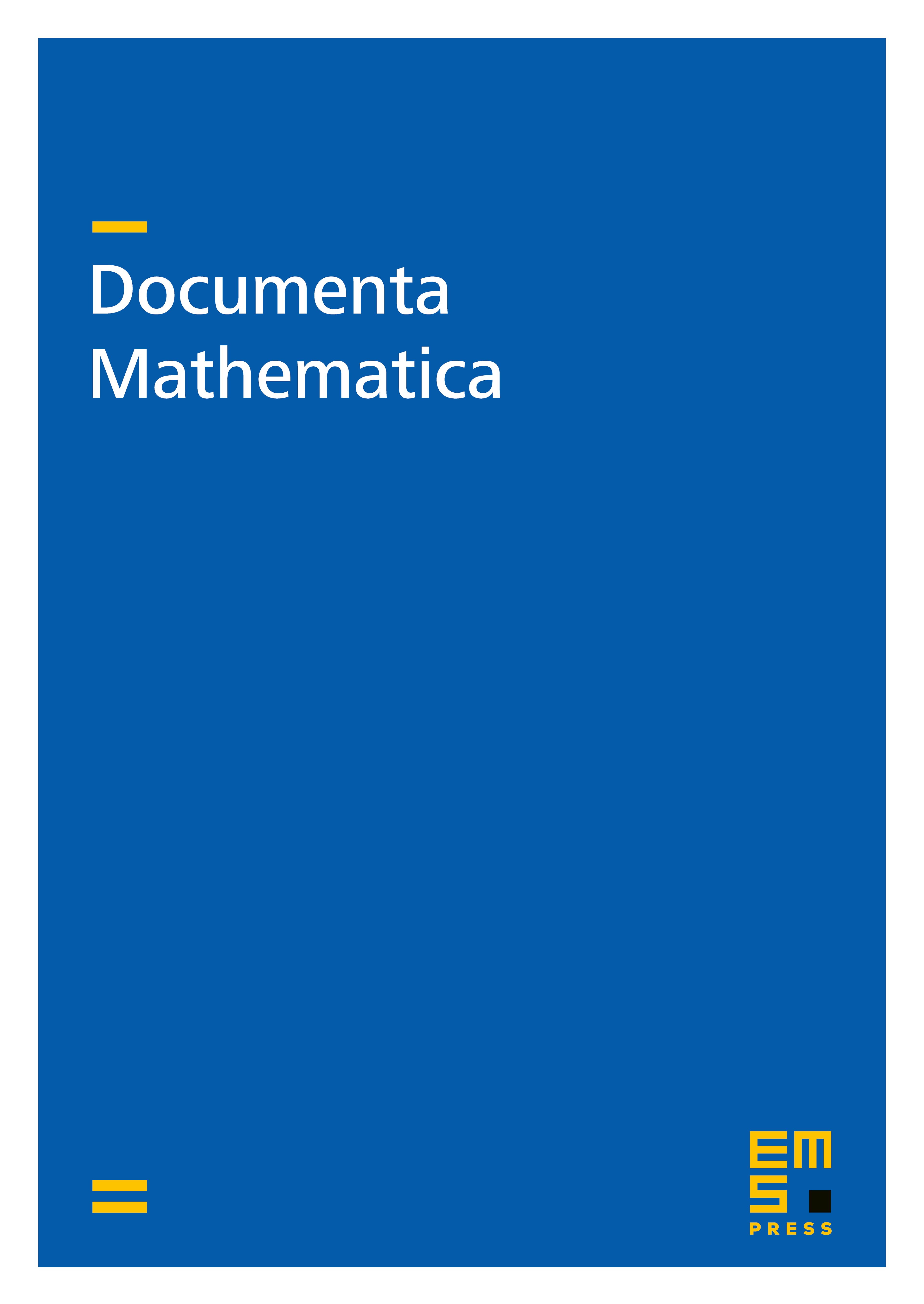Calculation of Rozansky–Witten invariants on the Hilbert schemes of points on a K3 surface and the generalised Kummer varieties
Marc A. Nieper-Wißkirchen
Johannes Gutenberg-Universität Mainz Fachbereich für Mathematik und Informatik 55099 Mainz Germany

Abstract
For any holomorphic symplectic manifold , a closed Jacobi diagram with trivalent vertices gives rise to a Rozansky–Witten class
If is irreducible, this defines a number by .
Let be the Hilbert scheme of points on a K3 surface together with a symplectic form such that . Further, let be the generalised Kummer variety of dimension together with a symplectic form such that . J. Sawon conjectured in his doctoral thesis that for every connected Jacobi diagram, the functions and are linear in .
We prove that this conjecture is true for being a connected Jacobi diagram homologous to a polynomial of closed polywheels. We further show how this enables one to calculate all Rozansky–Witten invariants of and for closed Jacobi diagrams that are homologous to a polynomial of closed polywheels. It seems to be unknown whether every Jacobi diagram is homologous to a polynomial of closed polywheels. If indeed the closed polywheels generate the whole graph homology space as an algebrea, our methods will thus enable us to compute all Rozansky–Witten invariants for the Hilbert schemes and the generalised Kummer varieties using these methods.
Also discussed in this article are the definitions of the various graph homology spaces, certain operators acting on these spaces and their relations, some general facts about holomorphic symplectic manifolds and facts about the special geometry of the Hilbert schemes of points on surfaces.
Cite this article
Marc A. Nieper-Wißkirchen, Calculation of Rozansky–Witten invariants on the Hilbert schemes of points on a K3 surface and the generalised Kummer varieties. Doc. Math. 8 (2003), pp. 591–623
DOI 10.4171/DM/153